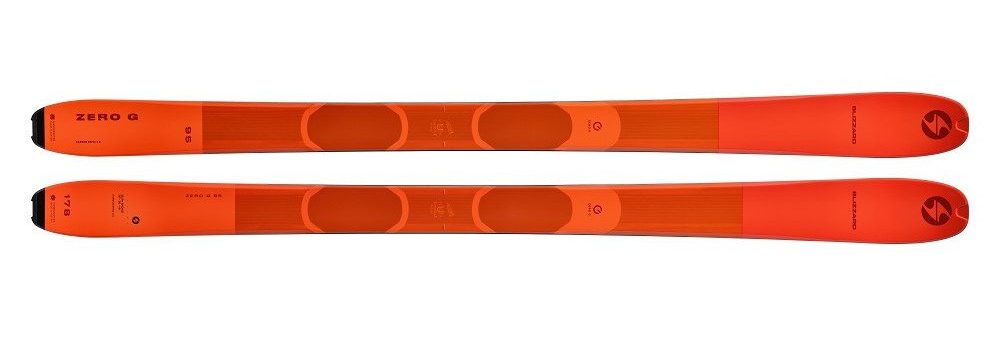
The 2022-2023 Blizzard Zero G 95: light, stiff, ready for firmness.
Over time, reading enough solid words from a single writer, you build trust. So when looking at reviews for the skinnier side of Blizzard’s Zero G line of skis, honestly, I got scared off. Here’s Rob Copollilo from his 2016 side by side Zero-G 85 and 95 review:
“These are not beginner, nor even intermediate, skis. The 85mm and 95mm-waisted ZeroGs require attention at times, especially outside their comfort zones. But as a result, they deliver.”
To piggyback on Rob’s sentiments, “unforgiving” is often found peppered in online forums or reviews for those throwing a bit of shade towards the Zero G before singing praise.
I also came to seek out the advice of Gavin Hess this winter, who implored me to check out a Zero G 95 in the 171cm length and mount the bindings 2cm forward (of Blizzard’s recommendation).
There’s no going 2000 words in this first look. But here’s what I was looking for and why Gavin suggested the Zero G 95.
-A 90-100mm ski underfoot for steeper spring skiing where I’m likely, if not expecting, ice, firm snow, and maybe a veneer of corn.
-Something easy to jump turn with (as in a lovely swing weight) but bites down with some generous effective edge when the ski lands and sets.
-What I’m not seeking is something powder-loving. Stiff is OK. But unforgiving, not so much. I’m not interested in getting bucked off the skis and imagining even worse.
-A light ski with little downside when the terrain kicks up and skis go on the pack.
-A ski with a longer turn radius, I’m more GS than slalom.
-Gavin noted the 95mm underfoot might be a comfortable and stable platform in steep terrain compared to an 80mm underfoot ski.
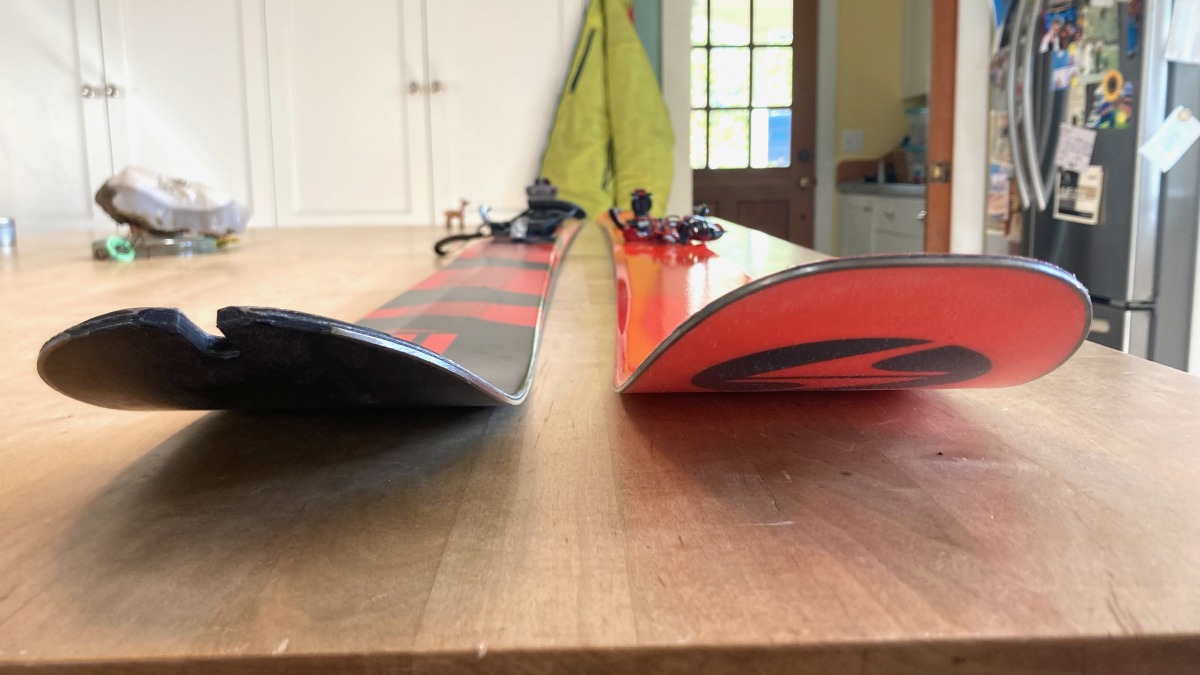
Side by side with a Hagan Ultra 82, another stiff ski lying around the house. The Zero G 95 has a bit more tip rise.
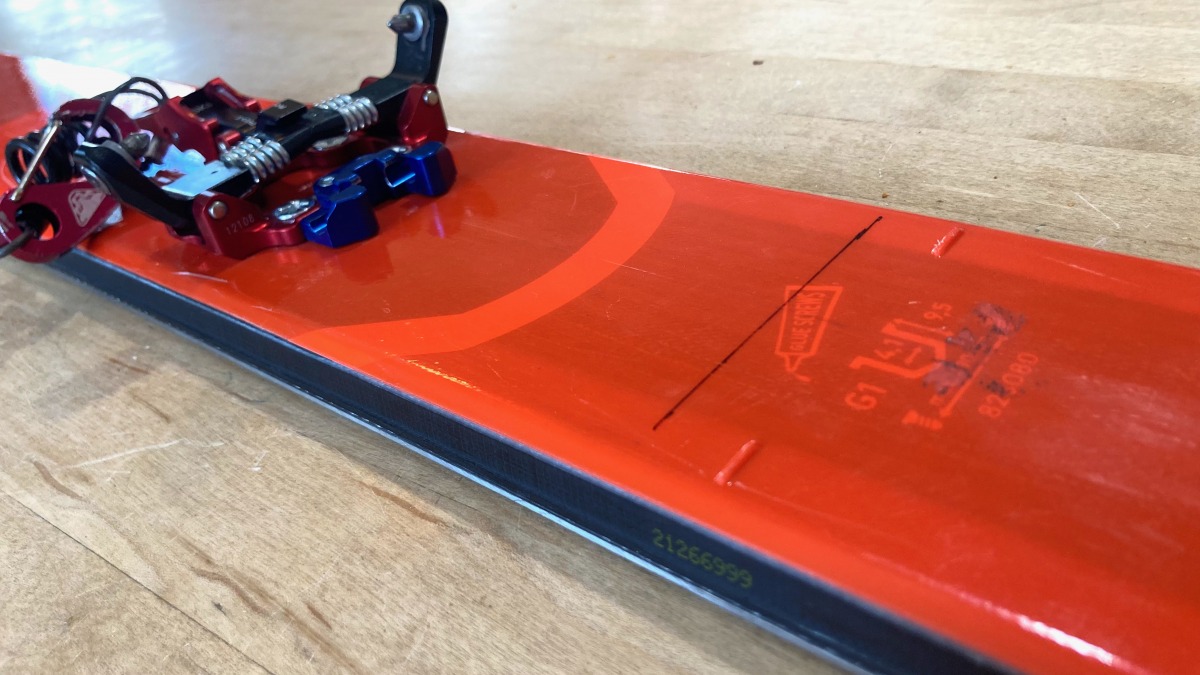
A side shot of the underfoot section of the Zero G 95 showing the robust sidewall. Also note the raised ridge marking the factory recommended mount position — the black line is +1.5cm forward.
Blizzard sent the 2022-2023 Zero G 95, which has a few engineering tweaks in the build. In recent years, the carbon in the Carbon Drive 2.0 layup wrapped the tips and tails, forgoing much of the ski’s midsection. The Zero G ski lineup, moving forward, is built on the Carbon Drive 3.0 chassis, meaning the carbon wraps the full length of the ski. During the building process, I’m also told the carbon layer has moved one layer closer to the wood core, which is Paulownia. All this should make the ski’s flex more balanced.
This iteration of Zero G 95 still features a generous and solid sidewall extending from maximum thickness under the foot to wafer-thin near the tips and tails. I sense a very stiff ski when hand flexing near the tips or tails. Don’t necessarily shy away if you’re scared off by stiff-flexing skis out of the box. These attributes may serve you well when coupling them with steeper firmer conditions.
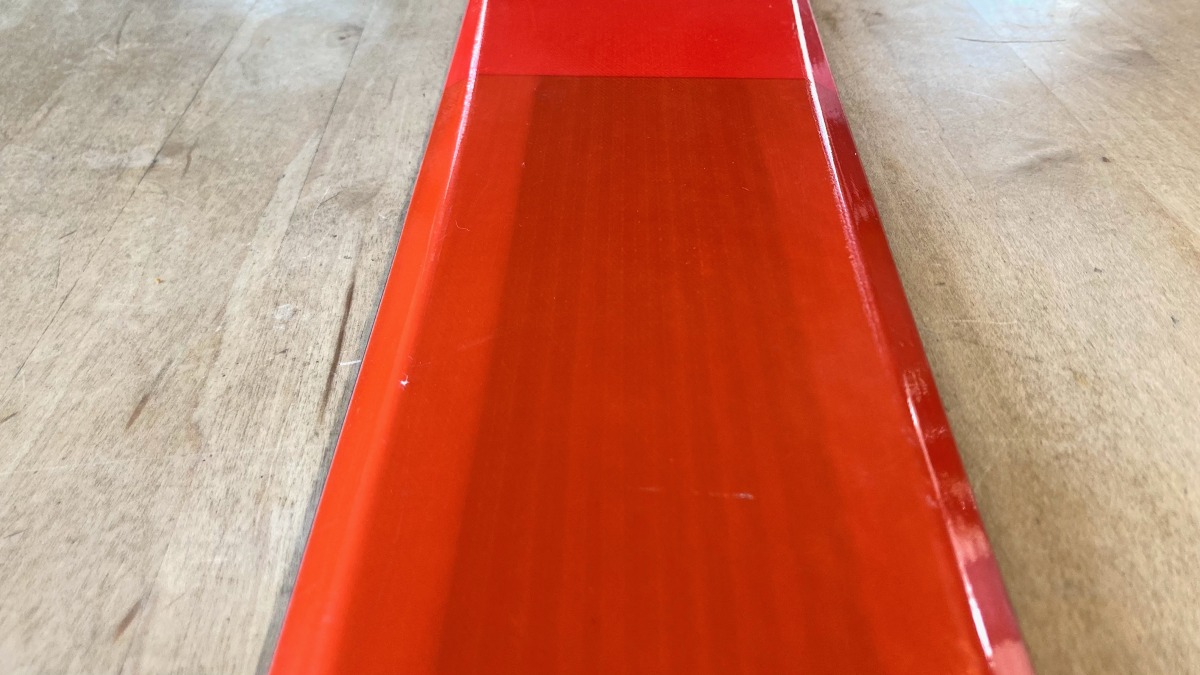
Wood core, a carbon wrap: the Blizzard Zero G 95 maintains its lightness and stiffness.
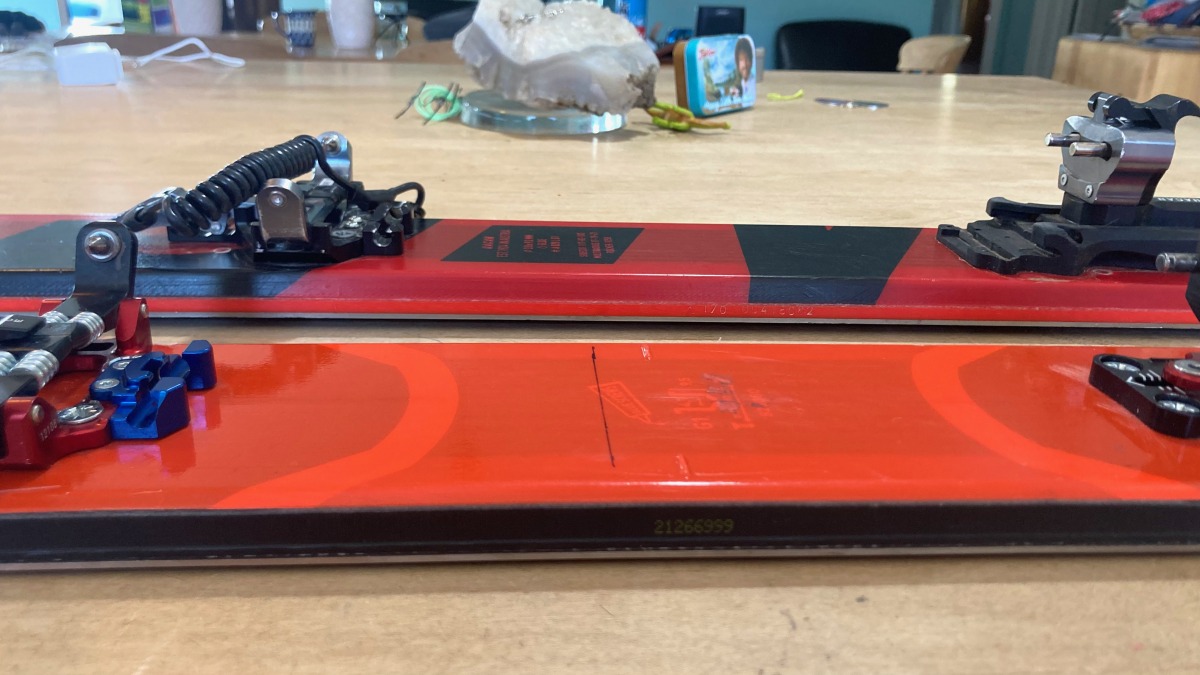
A very light camber underfoot on the Zero G 95 (foreground) and the Hagan Ultra 82 (background).
There is a mild tip rise. But hear me, this is not constructed for soft powder. You’ll find pow-bliss in another ski. The tip rides over variable snow, and skiing breakable crust is doable (but maybe wait for corn season). The tail, too, has a smidge of rise, but I’d say it trends towards flat, which is something I like in a firm snow ski. The flatter tail is also nice if you are using a ski to secure a mid or tent. The tails insert into firm snow relatively easily.
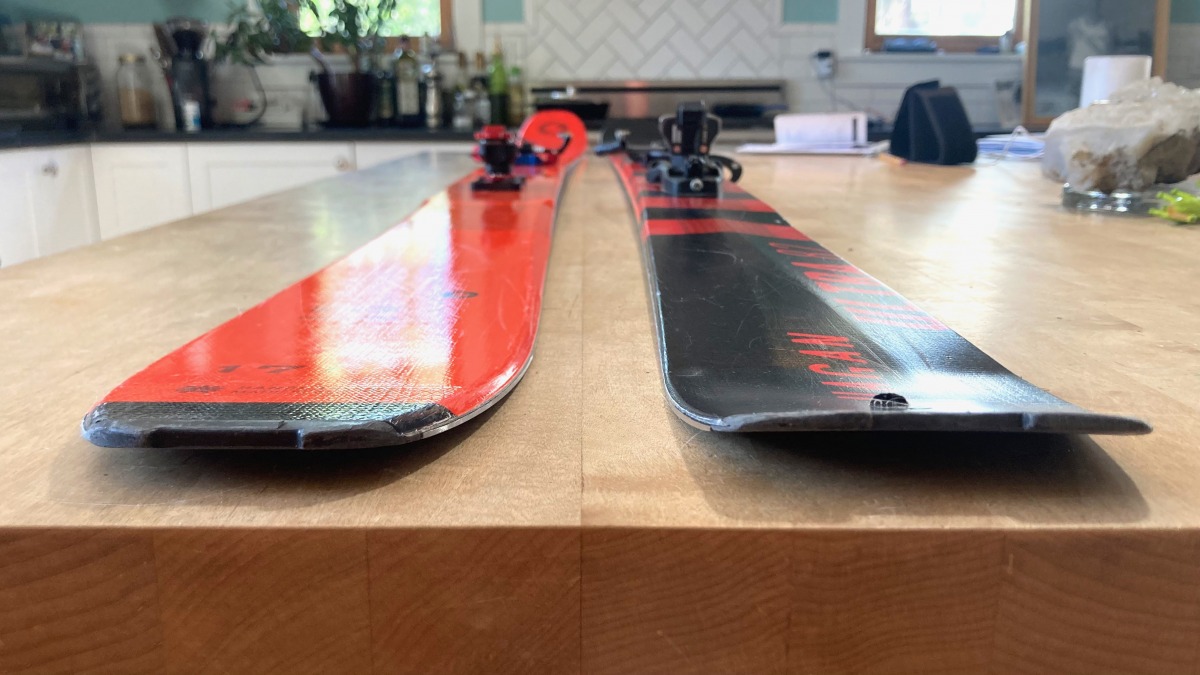
Hagan Ultra 82 (right) and Zero G 95 (left). Both skis feature stiff tips and tails. However, the Zero G 95 shows a flatter tail which increases the ski’s effective length.
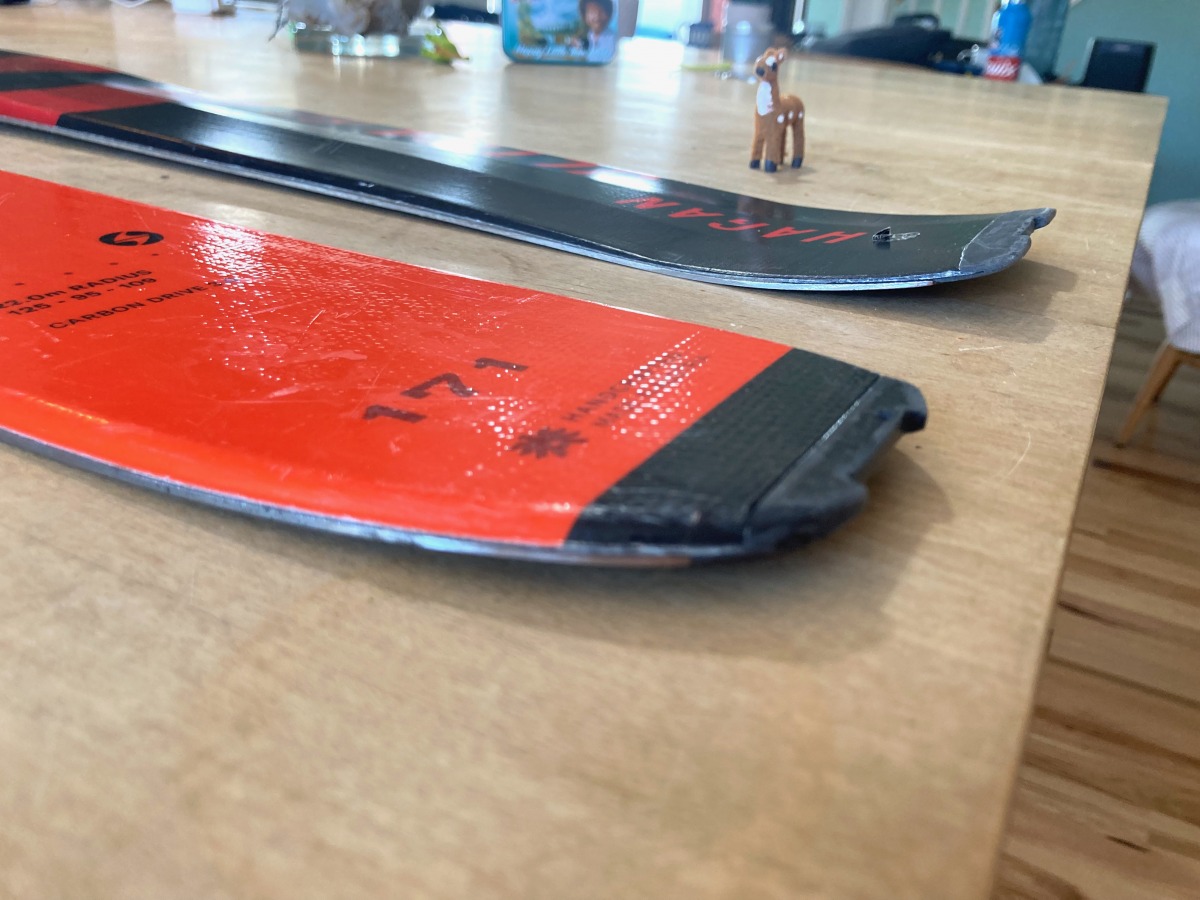
Another image illustrating the Zero G 95’s relatively flat tail.
Speaking of tails, Gavin’s thinking on moving the mount point forward had to do with tail washout when couloir skiing. He’s mounted Zero G 95s at the suggested mark, 1cm forward and 2cm forward: he loved the 2cm setting. As I marked the ski for mounting, I settled on +1.5cm. The recommended mount is 64cm forward from the tail.
I mounted the skis with Plum R170s, which weigh 176g per binding without the ski crampon insert. The Zero G 95 weighs ~1164g per ski. The total package of ski + binding + ski crampon insert + screws is 1372g.
I’ve been on the skis 15 times or so in the past month and a half. (We’ve had April and May powder so I had to scrape the storage wax off the Backland 107s.)
My initial impressions are good impressions. And maybe that’s because I’m cherry-picking where and when I want to use the Zero G 95s. The effective edge on this 171cm feels like a solid 160cm: The ski can set an edge and hold that edge. It shows no hesitation in steep fall line skiing and moving from edge to edge. It is reassuring and confidence-building.
I spent two mornings in April lapping a bootpack and jump turn run, finding myself enjoying the skiing. I experienced no butterflies, wondering if the tip and tail would flop about when the ski set on the snow.
So far, as for the +1.5cm mount, I like it. I feel in control.
At 22 meters, the Zero G 95 also meets my needs for turn radius. The skis are stable at speed, and they do like those medium to long radius turns. But, those saying the longer turn radius might be unfit for tree skiing, I had a different experience. On firm smooth refreeze in medium to tight trees, these skis ripped; I found no need to overdrive the skis to arc shorter radius turns.
As far as unforgiven, I’ve not experienced that characteristic yet. I’m likely being overly precise and aggressive with this ski. That has as much to do with coming to the test with a likely bias, thinking the Zero G 95 might be too much to handle. The reality is, so far, I have nothing to fear. This is the firm snow tool I was looking for.
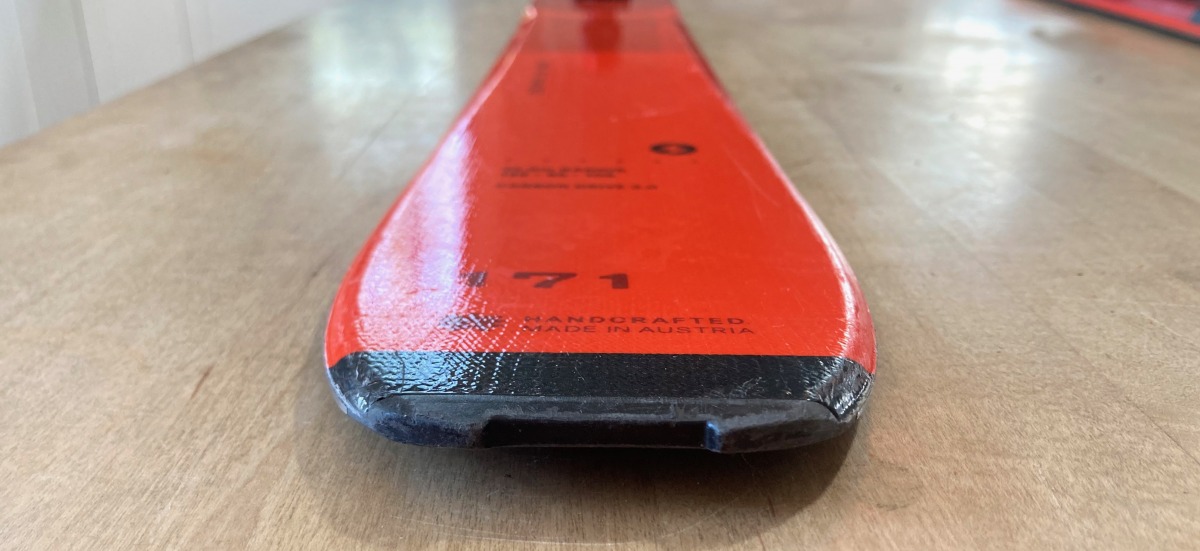
Simple, but effective; the Zero G 95’s tail with a reinforced end and notched to keep skins in place.
More to come later this spring, or fingers crossed since we received this wonder dump of snow in May, in early summer with a deeper dive into the Zero G 95 and how it compares to some other skis in my spring skiing family.
Did I mention the spicy orange/red topsheet? No, I did not. I like it.
Basic Specs
Weight: ~1164g/ski verified
Dimensions: [171cm] 126 / 94 / 110mm
Constriction: Woodcore (Paulownia) with a carbon layer and near full sidewall.
Turn Radius: 22m (171cm)
Bindings: Plum R170 mounted +1.5cm
Boots used: Dynafit TLT X and Salomon S-Lab MTN Summit
Price: $749.95
Buy the 2022-2023 Blizzard Zero G 95.
Jason Albert comes to WildSnow from Bend, Oregon. After growing up on the East Coast, he migrated from Montana to Colorado and settled in Oregon. Simple pleasures are quiet and long days touring. His gray hair might stem from his first Grand Traverse in 2000 when rented leather boots and 210cm skis were not the speed weapons he had hoped for. Jason survived the transition from free-heel kool-aid drinker to faster and lighter (think AT), and safer, are better.
